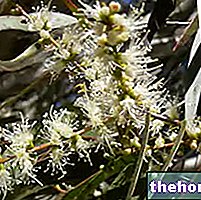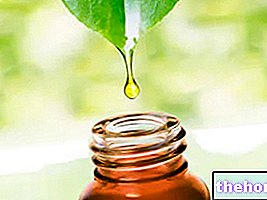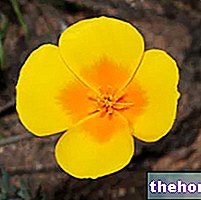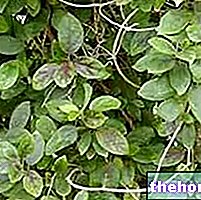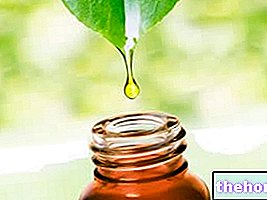
Scientific name
Juglans regia
Family
Juglandaceae
Origin
Europe
Synonyms
Walnut treeParts Used
Drug consisting of the leaves of the tree but above all of the husk (outer shell)
Chemical constituents
The main chemical constituents of walnut leaves are:
- Essential oil;
- Naphthoquinones;
- Juglone;
- Lawsone;
- Flavonoids;
- Tannins;
- Minerals;
- C vitamin;
- Carotenes.
The main chemical constituents of the walnut husk, on the other hand, are:
- Tannins;
- Juglone;
- Vitamins A, B and C.
Walnut in Herbalist: Properties of Walnut
The walnut tree husk has always been known for its antiseptic, anti-inflammatory, astringent and purifying properties, but its use is not recommended for internal use; the greatest use of the husk takes place in the liquor industry for the production of famous nocino and in cosmetics: juglone is present in various self-tanning formulations but also in dyes for skin and hair.
The extracts derived from the dried leaves of walnut are used for anti-inflammatory purposes for external use (in relation to the tannins they contain) and as wormers.

